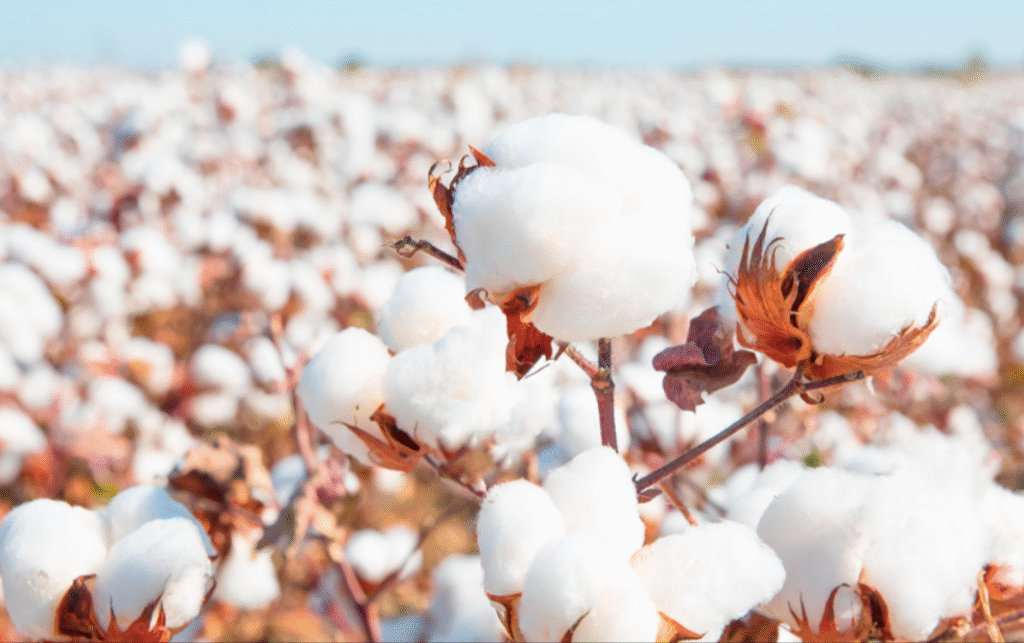Top 10 Interesting Facts About Cotton

Interesting Facts About Cotton
Cotton is much more than a textile; it’s also a vital crop that’s changed the way we think about our cultures, economies, and industries across the globe. Being being one of the extensively utilized natural fibers, it is an integral part of every day life including clothing and household textiles to farming practices and sustainable efforts. Below are ten interesting facts about cotton to increase your knowledge of the essential substance.
10 Interesting Facts About Cotton
1. Ancient Origins of Cotton Cultivation
Cotton cultivation has been around for to thousands of years. Evidence indicates that cotton was cultivated and used for fabric in the Indus Valley civilization about 5 000 years back. The ancient civilizations, like those of Egypt and Mesoamerica also used cotton to make clothing and for other purposes. The long history of the cotton usage demonstrates it’s importance in being one of the very first cultivated fibers used in the human civilisation.
2. The Cotton Plant Has Several Varieties
There are four main varieties of cotton grown around the world, each having its distinct characteristic:
- Gossypium hirsutum Also called upland cotton it contributes to around 90% of all global production. It is distinguished by its durability and strength.
- Gossypium barbadense Also known by the name of Pima cotton. It is an extended fiber, and is highly valued because of its softness, luster and softness making it ideal for premium textiles.
- Gossypium arboreum This species is mostly harvested by India and is renowned for its fibers that are shorter.
- Gossypium herbaceum It is found mostly within Africa and Asia This variety is like Gossypium arboreum, and is used as a traditional fabric.
3. Cotton Is a Major Cash Crop
Cotton is among the top cash crop varieties in the world that contributes significantly to the economy of many nations, especially in countries like the Southern United States, India, China, and Pakistan. The U.S., cotton is often described as “white gold” due to its importance in the economy. It is a source of income for not just farmers but also a large array of ginners, manufacturers and retail stores.
4. Sustainable Practices Are Evolving
Although cotton has been historically linked to environmental issues such as water usage and pesticides, environmentally sustainable practices are becoming more commonplace. The organic cotton cultivation, which does not use chemical fertilizers and pesticides, is getting more attention. In addition, various certification programs, like Better Cotton Initiative, for instance. Better Cotton Initiative, promote sustainable practices in the cotton supply chain, promoting the responsible use of water as well as biodiversity and fair labor practices.
5. Cotton’s Impact on Climate Change
The production of cotton has a complicated connection to the climate changes. On the one side, the crop needs large amounts of water, especially in areas of extreme drought, which leads to concerns over water scarcity. However cotton plants are able to help reduce climate change by capturing carbon dioxide out of the atmosphere. The use of sustainable farming methods and better irrigation techniques are vital to keeping cotton production in line with environmental concerns.
6. The Cotton Gin Revolutionized Production
Invented by Eli Whitney in 1793, the cotton gin was a revolutionary machine that revolutionized the process of processing cotton. Prior to the invention of the cotton gin taking seeds out of cotton fibers was a laborious process. Whitney’s invention streamlined this task and significantly increased the production of cotton which made it an much more profitable crop. The invention also played a major role in the growth that the industry of cotton throughout the U.S., especially in the Southern states.
7. Cotton Is a Versatile Fiber
Cotton is renowned for its versatility and can be found in a variety of products that are not just clothing. They are used in bed linens towels upholstery, as well as industrial items such as medical supplies and bookbinding. The fiber’s flexibility softness, absorbency, and softness makes it an ideal selection in many different applications.
8. Cotton and the Textile Industry
Cotton is the foundation of the world’s textile industry. It is frequently mixed with synthetic fibers such as polyester to improve the durability, wrinkle resistance and ease of cleaning. The increase in “fast fashion” has also resulted in a rise in demand for cotton-based fabrics, which makes it crucial for manufacturers to discover sustainable sources of supply and manufacturing methods that can meet the demands of consumers.
9. Cottonseed Oil and Byproducts
The product of the production of cotton is used to produce cottonseed oil. It is a sought-after cooking oil. It is frequently utilized in processed foods as salad dressings, asian dishes, and snack foods because of its neutral taste along with its smoke-point high. Also, cottonseed meal, that remains after extraction of oil is used for animal feed and is a useful resource that is more than just its fibers.
10. Cotton’s Role in Cultural Practices
Cotton has played a major part in various traditional practices and customs across all over the world. In India for instance cotton is the main ingredient in traditional textiles like handloom sarees and Dhotis. The art of making cotton fabrics reflects the cultural heritage and artistic flair. The U.S., the tradition of quilting is often based on cotton fabric and quilts are practical objects and expressions of imagination.
Last Word
Cotton is not just simply a textile; it’s also an important and diverse source of energy that’s been shaping cultures, economies and industries over thousands of years. From its earliest beginnings and its role in the world of textiles to its environmental issues and technological advancements, cotton is an integral part of our lives. Knowing the facts about cotton will increase your appreciation for this incredible fiber that you can wear whether it’s wearing cotton clothes or using cotton-based products or simply enjoying the beauty of cotton fabrics. In the years ahead, as we develop our methods of sustainable production and sustainability cotton is certain to be a major player in the global economy.






